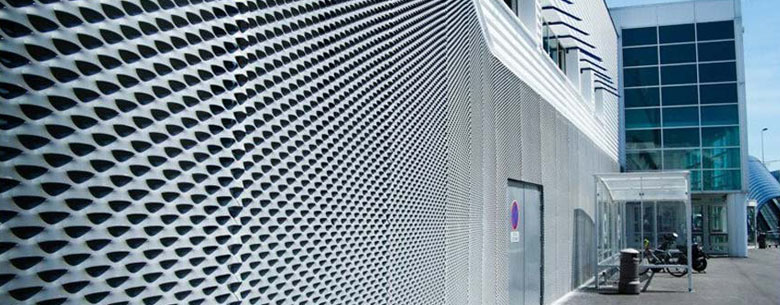Understanding Sound Barrier Screens An Innovative Solution for Noise Control
In our fast-paced modern world, noise pollution has become a significant concern that affects the quality of life in urban environments. As cities expand and transportation systems grow, the need for effective noise control measures has become increasingly apparent. One innovative solution gaining attention is sound barrier screens, which offer a practical approach to mitigating unwanted noise and enhancing the acoustic environment.
What are Sound Barrier Screens?
Sound barrier screens, also known as noise barriers or sound walls, are structures designed to reduce noise pollution, particularly from road traffic, railways, and industrial areas. These barriers act as physical obstructions that block sound waves, preventing them from traveling to adjacent properties and communities. Typically made from materials such as concrete, wood, or specially designed sound-absorbing composites, these screens are strategically placed along highways, railroads, or any source of significant noise.
How Do They Work?
The effectiveness of sound barrier screens lies in their ability to absorb and reflect sound waves. When noise emanates from a source, such as a bustling highway, the sound waves travel through the air. A sound barrier screen intercepts these waves, either reflecting them away from the protected area or absorbing them to reduce their intensity. The height, length, and material of the barrier greatly influence its ability to mitigate sound.
Generally, to be effective, a sound barrier must be substantial enough to block the line of sight between the noise source and the area needing protection. Typically, barriers should be taller than the noise source by a certain ratio to ensure maximum efficacy. In essence, these screens provide a shield that significantly diminishes the volume of sound reaching sensitive areas, such as residential neighborhoods or schools.
Benefits of Sound Barrier Screens
1. Noise Reduction The primary benefit of sound barrier screens is their ability to lower noise levels, thereby improving the quality of life for people living near noisy roads or factories. Studies have shown that properly designed noise barriers can lead to a significant reduction in noise levels—often by 10 to 15 decibels or more.
sound barrier screens

2. Enhanced Property Values Implementing sound barriers can lead to a notable increase in property values within nearby residential areas. The reduced noise pollution makes these areas more attractive to potential buyers and can contribute to an overall better living environment.
3. Aesthetic Improvements Modern sound barrier screens can be designed with aesthetic considerations in mind. Some barriers incorporate landscaping, art, or unique designs that enhance the visual appeal of the surroundings, transforming what could otherwise be an unsightly structure into an asset for the community.
4. Environmental Impact By minimizing noise pollution, sound barriers contribute positively to community health. Lower noise levels can reduce stress and improve general well-being, leading to healthier lifestyles for residents. Additionally, some types of barriers can also aid in promoting local wildlife by creating quieter habitats.
Challenges and Considerations
While sound barrier screens are effective, there are several factors to consider during their implementation. Proper placement, height, and material selection are crucial for maximizing their noise-reducing capabilities. Moreover, potential impacts on wildlife and the environment must be evaluated to ensure that the barriers do not disrupt local ecosystems.
Additionally, as urban areas continue to evolve, periodic assessments may be necessary to adapt existing barriers or build new ones in response to changing noise patterns resulting from increased traffic or construction activities.
Conclusion
As urbanization continues to grow, the importance of effective noise pollution control becomes more pronounced. Sound barrier screens provide a viable, innovative solution to this pressing issue. When designed and implemented thoughtfully, these barriers can substantially improve the acoustic landscape, enhancing the quality of life for countless individuals while contributing to the overall aesthetics and health of urban environments. As we move forward, integrating such solutions into urban planning will be vital in creating harmonious living spaces for future generations.
-
The Best Metal Mesh Solutions: Expanded Aluminum Metal vs. Expanded Stainless Steel Metal
NewsSep.10,2024
-
Round Perforated Sheets vs. Hexagonal Perforated Sheets vs. Embossed Perforated Sheet Metal
NewsSep.10,2024
-
Perforated Metal Sheets
NewsSep.10,2024
-
Experience The Excellence Of Stainless Steel Grating
NewsSep.10,2024
-
Discover the Versatility Of Metal Mesh Expanded Forming Machines
NewsSep.10,2024
-
Discover The Advantages Of Steel Grating For Sale
NewsSep.10,2024
Subscribe now!
Stay up to date with the latest on Fry Steeland industry news.

